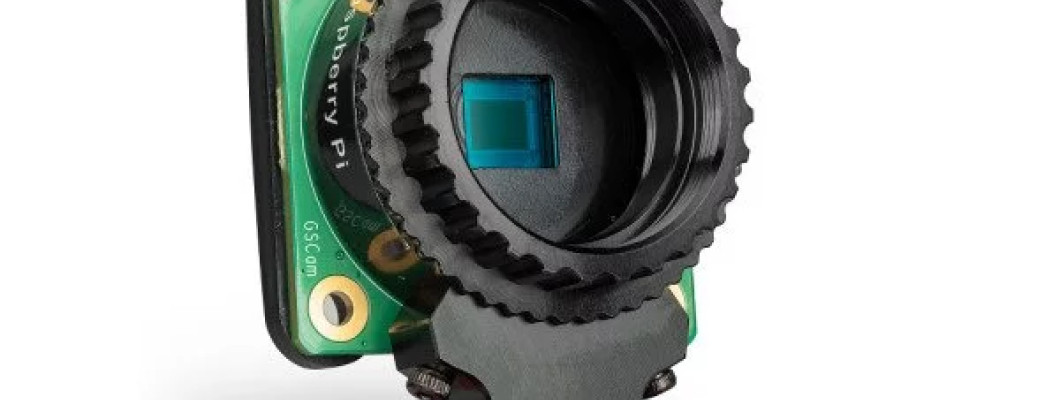The Future of Photography: Raspberry Pi Global Shutter Camera

If you're interested in photography or video, you might have heard about Raspberry Pi. It's a small, affordable computer that can be used for a variety of projects, including building your own camera. One of the most interesting camera projects you can build with a Raspberry Pi is a global shutter camera.
What is Raspberry Pi Global Shutter Camera?
A Raspberry Pi global shutter camera is a camera that uses a special type of sensor called a global shutter to capture images. Unlike traditional cameras that use a rolling shutter, which captures images by scanning across the sensor line by line, a global shutter captures the entire image at once. This means that the image is captured without any distortion caused by motion during the capture process.
Advantages of using Raspberry Pi Global Shutter Camera
There are several advantages to using a global shutter camera, particularly for high-speed photography. With a rolling shutter camera, the image can be distorted by the motion of the subject or the camera during the exposure. With a global shutter, the entire image is captured at once, so there's no distortion. This makes it ideal for high-speed photography where fast-moving objects need to be captured without any distortion.
Understanding Global Shutter
A global shutter works by capturing the entire image at once. This is done by using a special type of sensor that captures the image simultaneously across the entire sensor. This means that the entire image is exposed at the same time, which eliminates any distortion caused by motion during the capture process.
The main difference between a global shutter and a rolling shutter is the way they capture images. A rolling shutter captures the image line by line, which can cause distortion if there is any motion during the exposure. A global shutter captures the entire image at once, eliminating any distortion.
Technical Details of Raspberry Pi Global Shutter Camera
A Raspberry Pi global shutter camera typically has a resolution of at least 5 megapixels and can capture up to 60 frames per second. The bit depth of the images captured can vary depending on the specific camera, but many cameras can capture 12-bit or 14-bit images.
Other technical specifications of a Raspberry Pi global shutter camera can include the lens mount type, sensor size, and power consumption.
Applications of Raspberry Pi Global Shutter Camera
One of the main applications of a Raspberry Pi global shutter camera is in high-speed photography. With a global shutter, it's possible to capture fast-moving objects without any distortion. This makes it ideal for capturing sports, action, and other fast-moving subjects.
Another application of a global shutter camera is in industrial inspection. With a high-speed camera, it's possible to capture images of machinery and other equipment to identify any issues or defects.
How to Setup Raspberry Pi Global Shutter Camera
To set up a Raspberry Pi global shutter camera, you will need a few things:
Raspberry Pi computer
Global shutter camera module
Appropriate lens for your application
Power supply for the Raspberry Pi
Once you have all of these things, you can follow these steps to set up your camera:
Connect the global shutter camera module to the Raspberry Pi's camera port.
Connect the lens to the camera module.
Connect the power supply to the Raspberry Pi.
Install the appropriate software for your camera module.
Configure the camera settings, such as resolution, FPS, and bit depth.
Start capturing images or video.
There are several software packages available for Raspberry Pi global shutter cameras, such as Picamera, ArduCam, and others.
Conclusion
Raspberry Pi global shutter cameras are an interesting and affordable way to experiment with high-speed photography and other applications. They offer several advantages over traditional rolling shutter cameras, such as the elimination of distortion caused by motion during the exposure.
1 Comment(s)
1
Leave a Comment